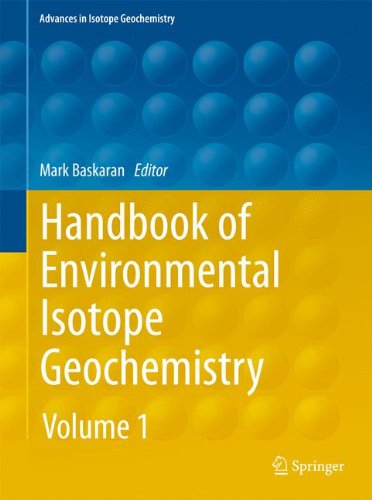

Most ebook files are in PDF format, so you can easily read them using various software such as Foxit Reader or directly on the Google Chrome browser.
Some ebook files are released by publishers in other formats such as .awz, .mobi, .epub, .fb2, etc. You may need to install specific software to read these formats on mobile/PC, such as Calibre.
Please read the tutorial at this link: https://ebookbell.com/faq
We offer FREE conversion to the popular formats you request; however, this may take some time. Therefore, right after payment, please email us, and we will try to provide the service as quickly as possible.
For some exceptional file formats or broken links (if any), please refrain from opening any disputes. Instead, email us first, and we will try to assist within a maximum of 6 hours.
EbookBell Team

4.4
12 reviewsApplications of radioactive and stable isotopes have revolutionized our understanding of the Earth and near-earth surface processes. The utility of the isotopes are ever-increasing and our sole focus is to bring out the applications of these isotopes as tracers and chronometers to a wider audience so that they can be used as powerful tools to solve environmental problems. New developments in this field remain mostly in peer-reviewed journal articles and hence our goal is to synthesize these findings for easy reference for students, faculty, regulators in governmental and non-governmental agencies, and environmental companies. While this volume maintains its rigor in terms of its depth of knowledge and quantitative information, it contains the breadth needed for wide variety problems and applications in the environmental sciences. This volume presents all of the newer and older applications of isotopes pertaining to the environmental problems in one place that is readily accessible to readers. This book not only has the depth and rigor that is needed for academia, but it has the breadth and case studies to illustrate the utility of the isotopes in a wide variety of environments (atmosphere, oceans, lakes, rivers and streams, terrestrial environments, and sub-surface environments) and serves a large audience, from students and researchers, regulators in federal, state and local governments, and environmental companies.